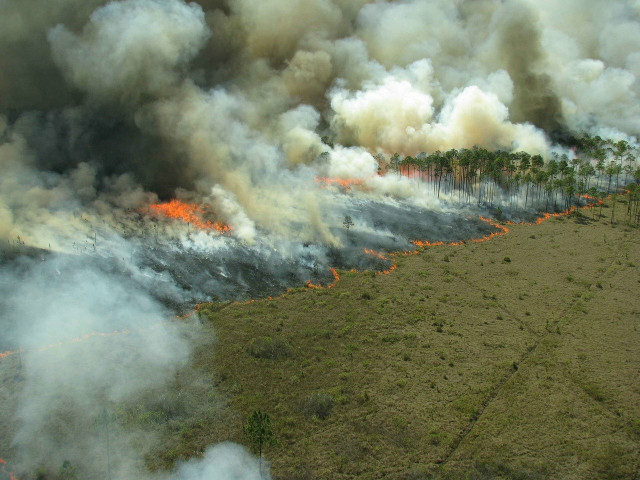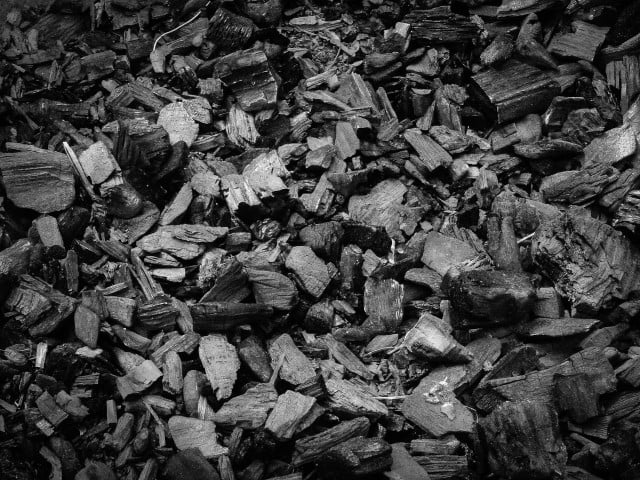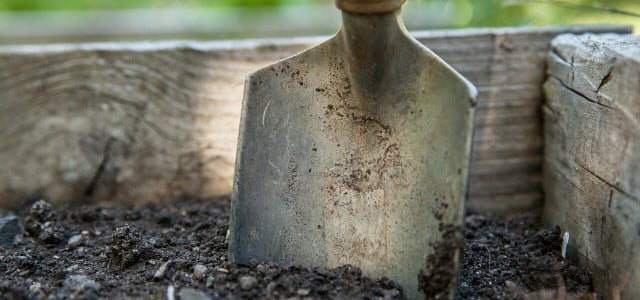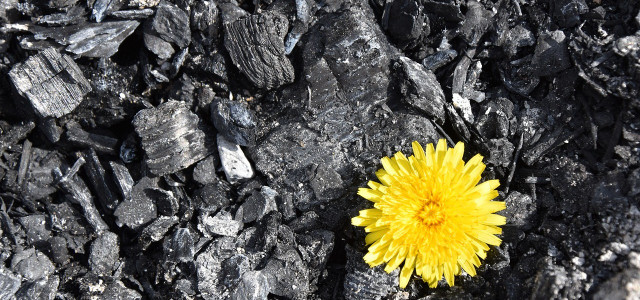This mysterious Amazonian soil can stay rich and productive for centuries. Read below to learn about terra preta, its origins, and how to make some for your own garden.
Also known as Amazonian dark earth, Terra preta (black soil in Portuguese) is a mysterious soil found in patches scattered throughout the Amazon. Unlike typical nutrient-poor rainforest soil, terra preta is rich in nutrients, organic material, minerals and beneficial microorganisms. This is due to the presence of large amounts of biochar (charcoal), which gives the soil its dark color as well as several beneficial characteristics:
- High carbon content, which enriches the soil with organic material and improves texture.
- Biochar is porous, so it retains nutrients and prevents them from leaching during heavy rain.
- Retains water and lessens run-off.
- Attracts beneficial micro-organisms.
- Requires less fertilizer and shorter fallow periods without crops.
- Can last for centuries.
Where Did Terra Preta Come From?



Given how poor typical Amazonian soils are, the existence of terra preta was a mystery to early geologists. Originally attributed to ancient volcanism or flooding, terra preta is now believed to have been man-made due to its high amounts of charcoal, bone, human waste and even broken pottery.
In contrast to the small tribes we associate with the Amazon today, pre-Colombian Amazonian civilization boasted settlements as large as 100,000 individuals. Terra preta soils were created intentionally (through slash-and-burn agriculture) and incidentally (from waste pits, like modern compost toilets); both factors point to dense populations.
Waste pits full of biochar and organic waste were likely used to amend clay soils for farming year after year in ancient Amazonia. The rich deposits of terra preta today are a result of thousands of years of soil improvements until the civilization’s eventual collapse when Europeans arrived in the 1600s.
Remarkably, rather than disappearing, terra preta actually expanded in the centuries that followed. This is because the nutrient-rich soil provides an oasis for microorganisms which continually incorporate more organic materials into the soil over time. The result is a persistent soil that retains key nutrients and water, making it ideal for gardening.
Terra Preta Today



The existence and longevity of terra preta can not only revolutionize agriculture, but can even combat nutrient loss associated with deforestation and desertification. Like peat moss however, terra preta is non-renewable and can lead to devastation in the Amazon if mined. Fortunately, all commercial terra preta is made synthetically and is simple to make at home by mixing organic material (compost or manure) with biochar (wood charcoal).
Unlike low-carbon wood ash, biochar (wood charcoal) is created from incomplete burning without oxygen; this results in a carbon-rich blackened wood (available on Amazon**). Though biochar can be added directly to soil, it functions better if added to a compost pile first: this improves composting and also gives the biochar more time to incorporate nutrients.
Read more:
- Epsom Salt for Gardening: Is it Safe for Plants?
- How Does Composting Work? The Detailed Guide
- How to Use Eggshells as Fertilizer for Your Garden Plants
Do you like this post?







